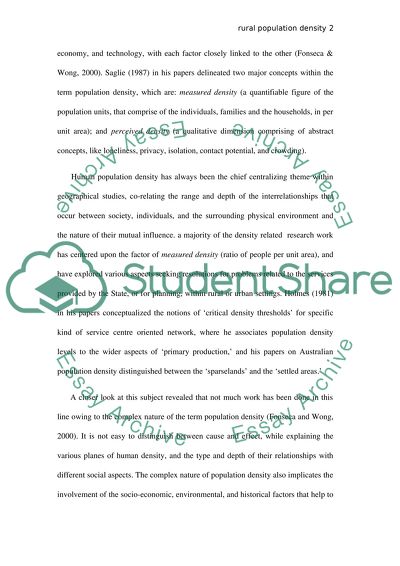Cite this document
(“The Effect of Rural Population Density on Socio-economic Dissertation”, n.d.)
Retrieved from https://studentshare.org/family-consumer-science/1413171-the-effect-of-rural-population-density-on-socio
Retrieved from https://studentshare.org/family-consumer-science/1413171-the-effect-of-rural-population-density-on-socio
(The Effect of Rural Population Density on Socio-Economic Dissertation)
https://studentshare.org/family-consumer-science/1413171-the-effect-of-rural-population-density-on-socio.
https://studentshare.org/family-consumer-science/1413171-the-effect-of-rural-population-density-on-socio.
“The Effect of Rural Population Density on Socio-Economic Dissertation”, n.d. https://studentshare.org/family-consumer-science/1413171-the-effect-of-rural-population-density-on-socio.


